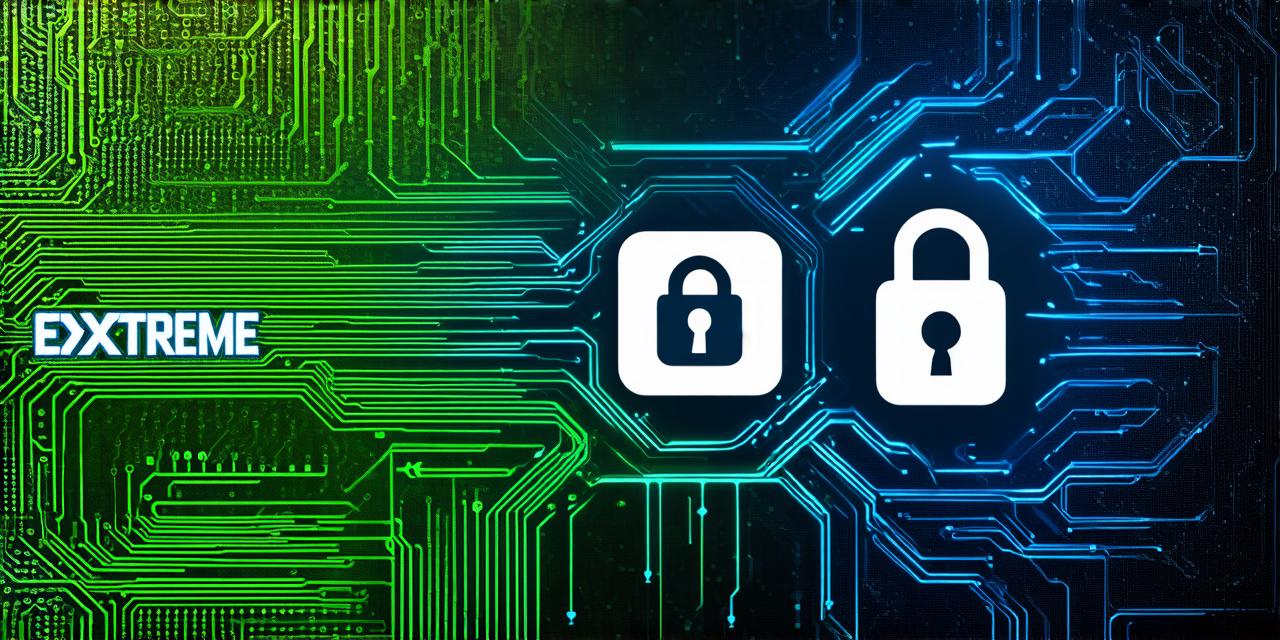Introduction
The Internet of Things (IoT) is transforming our world in numerous ways. It has enabled the creation of connected devices and systems, making it possible to collect and share data across different networks. However, with this newfound connectivity comes challenges such as security, interoperability, and privacy concerns. This is where blockchain technology can help.
Types of Blockchain
Blockchain technology has gained traction in recent years due to its ability to provide a secure and decentralized platform for transactions and data sharing. In this guide, we will explore how blockchain technology can be applied to IoT, addressing the challenges it presents and highlighting real-life examples of its implementation. We will also provide an overview of the different types of blockchain and their suitability for IoT applications.

Types of Blockchain
There are several types of blockchains available, including public, private, and hybrid blockchains.
Public Blockchains
A public blockchain is an open network where anyone can participate in the validation process. Examples of public blockchains include Bitcoin and Ethereum. Public blockchains are transparent and accessible to everyone, making them ideal for applications that require high levels of transparency and security, such as voting systems or supply chain management.
Private Blockchains
A private blockchain is a closed network where only authorized participants can participate in the validation process. Private blockchains offer greater control and privacy compared to public blockchains. They are ideal for applications that require confidentiality, such as financial transactions or healthcare data sharing.
Hybrid Blockchains
A hybrid blockchain combines the features of both public and private blockchains, allowing organizations to leverage the benefits of both while mitigating the risks associated with each. Hybrid blockchains are ideal for applications that require a balance between transparency and confidentiality.
Blockchain for IoT Applications
Now that we have an understanding of the different types of blockchain let’s explore how they can be applied to IoT applications.
IoT Data Management
One of the key challenges in IoT is data management. With billions of devices generating vast amounts of data, it can be difficult to manage and analyze this information effectively. Blockchain technology can help overcome these challenges by providing a secure and decentralized platform for storing and sharing data. By using blockchain technology, IoT devices can store data in a tamper-proof manner, making it easy to access and analyze the information when needed.
IoT Security
Security is another key challenge in IoT. With billions of devices connected to the internet, there is always the risk of cyber attacks. Blockchain technology can help mitigate these risks by providing a secure and decentralized platform for data sharing. By using blockchain technology, IoT devices can store sensitive information in an encrypted manner, making it difficult for hackers to access this information.
Interoperability
Interoperability is a challenge in IoT, as different devices and systems use different communication protocols. Blockchain technology can help overcome these challenges by providing a standardized platform for data sharing. By using blockchain technology, IoT devices can communicate with each other in a secure and efficient manner, regardless of the communication protocol used.
Blockchain Use Cases in IoT
Now that we have an understanding of how blockchain technology can be applied to IoT let’s explore some real-life examples of its implementation.
Intelligent Transportation System (ITS)
A smart traffic light system is an example of an IoT application that uses blockchain technology for data management and security. By using blockchain technology, the traffic lights can store data in a tamper-proof manner, making it easy to access and analyze this information when needed. Additionally, by using blockchain technology, the traffic lights can communicate with each other securely, allowing for efficient and effective traffic management.
Smart Grids
A smart grid is another example of an IoT application that uses blockchain technology. By using blockchain technology, smart grids can securely store and share data, making it easy to monitor and manage energy consumption. Additionally, by using blockchain technology, smart grids can communicate with each other securely, allowing for efficient and effective energy management.
Supply Chain Management
A supply chain management system is an example of an IoT application that uses blockchain technology for data management and security. By using blockchain technology, supply chain systems can store data in a tamper-proof manner, making it easy to access and analyze this information when needed. Additionally, by using blockchain technology, supply chain systems can communicate with each other securely, allowing for efficient and effective supply chain management.
Conclusion
Blockchain technology has the potential to revolutionize IoT by providing a secure and decentralized platform for data management, security, and interoperability.
